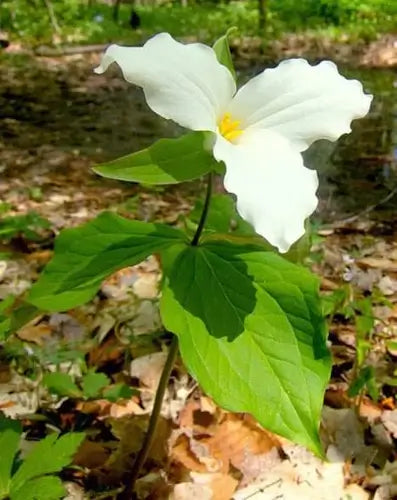Growing Vegetables and Other Foods from Seeds
Gardening is a fun, healthy, and peaceful activity enjoyed by millions of people, states Dennis Sons from TN Nursery, a leading nursery shipper in Tennessee. However, it is also an efficient activity to provide delicious, nutritious produce for free! Most people agree that home-grown fruits and vegetables are superior in flavor and quality to those sold in the grocery store. By growing your produce, you can control what varieties you get, what gets sprayed on them, and when they are harvested. You won't have to put up with bland, under-ripe, and pesticide-soaked food from the store, and you'll never have to repurchase another starter plant! Here's how to grow your own from seed.

Collect Seeds
You don't even have to go out and purchase seeds to get started. All you need to do is save seeds from the produce you eat. Tomatoes, peppers, watermelons, apples, and squash are a few examples. Clean off the seeds, set them out to dry, and store them in a cool, dry place. It is often recommended that you keep them in your refrigerator. Please do not put your seeds in the freezer; always label them, so you know what you're planting!

Planting Time
The beauty of growing from seed is that you can start most fruit and vegetable seeds indoors before planting them outside. That helps to ensure they're protected from fungus and insect damage while in their most delicate stage of life. Most seedlings can be safely planted outside after the threat of frost has passed.
Location Matters
When it's time, plant your seedlings outside in a location that gets full sun for most of the day. Good soil is a must. If your soil contains a lot of clay or is too dry, add some peat moss, sand, perlite, and high-quality compost until it is light and loamy. You'll be enjoying fresh, tasty fruits and vegetables within a short time.
























































 " alt="Featured Collection Perennials " />
" alt="Featured Collection Perennials " />
 " alt="Featured Collection Ferns " />
" alt="Featured Collection Ferns " />
 " alt="Featured Collection Live Moss " />
" alt="Featured Collection Live Moss " />
 " alt="Featured Collection Trees " />
" alt="Featured Collection Trees " />
 " alt="Featured Collection Shrubs " />
" alt="Featured Collection Shrubs " />
 " alt="Featured Collection Vines " />
" alt="Featured Collection Vines " />
